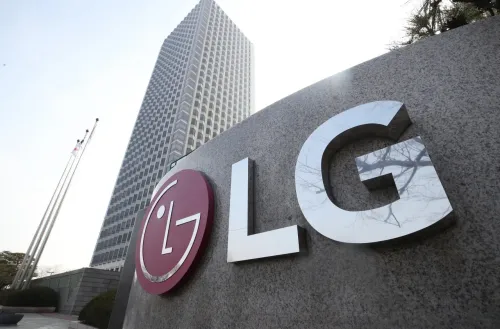What led to Tata Motors Limited's Rs 867 crore loss for Q2 FY26?

Synopsis
Key Takeaways
- Tata Motors reported a loss of Rs 867 crore for Q2 FY26.
- Revenue from commercial vehicles increased by 6 percent YoY.
- Total expenses rose by 15 percent to Rs 19,296 crore.
- The one-time fair value loss significantly impacted financial results.
- Shares fell by 2.26 percent on the reporting day.
Mumbai, Nov 13 (NationPress) Tata Motors Limited disclosed a consolidated loss of Rs 867 crore for the second quarter of the fiscal year 2026 (Q2 FY26) on Thursday. This marks the company's initial quarterly results following its demerger, focusing on the commercial vehicle sector.
In the corresponding quarter last year (Q2 FY25), Tata Motors had reported a profit of Rs 498 crore.
The commercial vehicle division's revenue for the reviewed quarter increased nearly 6 percent, reaching Rs 18,585 crore year-on-year (YoY), compared to Rs 17,535 crore during the same period of the previous fiscal.
The firm revealed in its exchange filing that total expenses for the July-September timeframe surged by 15 percent to Rs 19,296 crore YoY, up from Rs 16,777 crore in the same quarter last year.
Increased material costs alongside a one-time fair value loss of Rs 2,027 crore from equity investments were primarily responsible for the rise in overall expenses, leading to the loss.
This one-time fair value loss resulted in a net loss of Rs 900 crore for the quarter, with a profit before tax (excluding exceptional items) of Rs 600 crore.
After achieving a profit of Rs 1,397 crore in the April-June period, the automaker experienced a month-over-month (MoM) loss.
Tata Motors' shares (TMCV) closed Thursday at Rs 320.25, reflecting a decline of 2.26 percent from the previous day's closing of Rs 327.65.
Girish Wagh, MD & CEO of Tata Motors Ltd, commented, "November 12, 2025, was a pivotal date for Tata Motors Ltd as we successfully listed on both the BSE and NSE following the demerger. Today, I am happy to present our strong Q2 FY26 results."
He added, "Our financial data highlights a robust performance, backed by a strategic and agile business approach. Following a slow start, the implementation of GST 2.0 and the festive season ignited demand across various segments."
"We experienced a 12 percent YoY volume boost, driven by improved product availability, a refined pricing strategy, and intensified market activities," he concluded.









